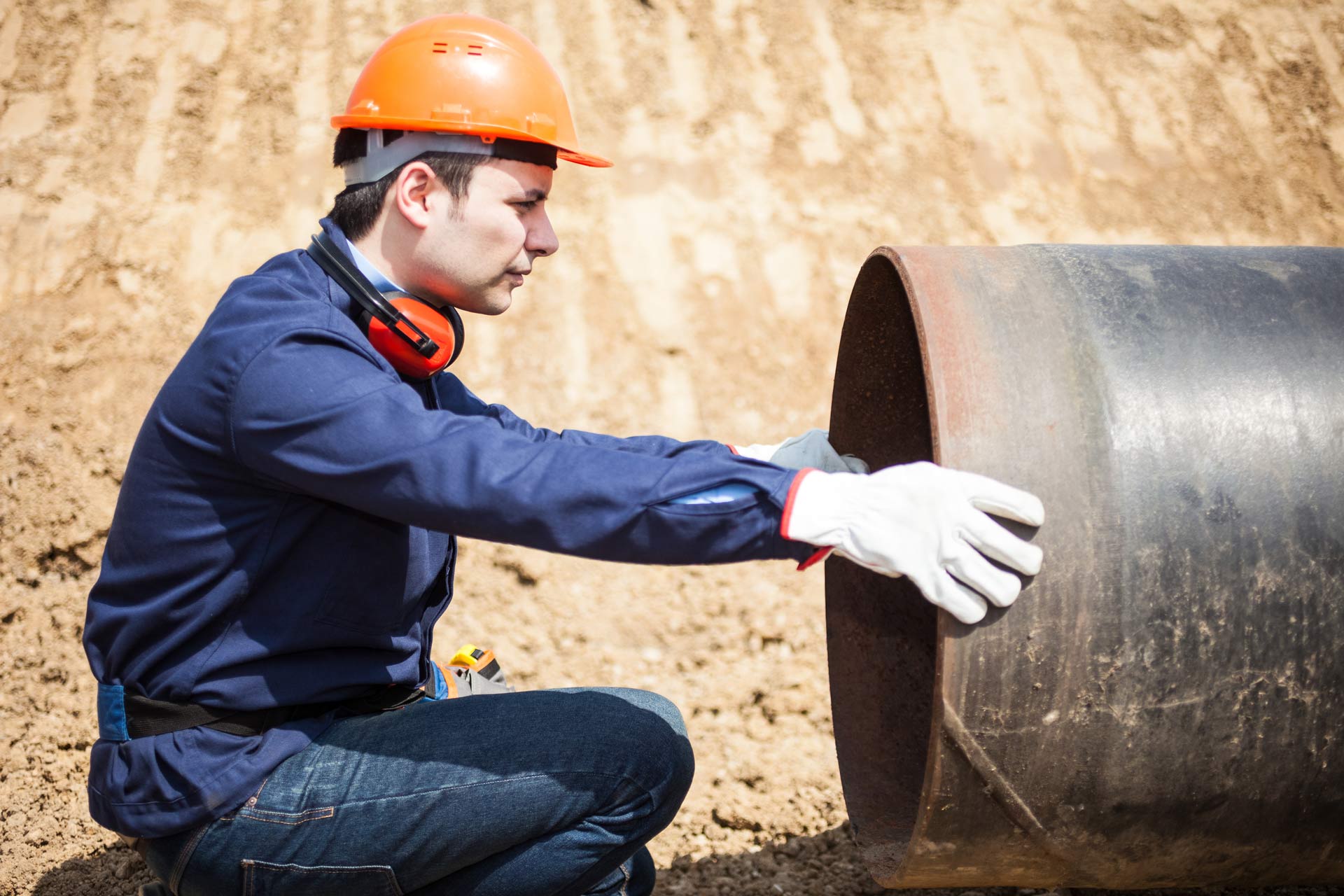When it’s time to reline your pipes, the natural question may be “What method is best for my pipes?”. Pipe Relining is a complicated process with different techniques for different situations, and it’s important to know which one is the best fit for your needs. However, both of our major relining services are quick, non-intrusive, and to make sure that you know the differences and similarity between both main methods, here’s what you need to know about pipe relining:
Sprayed-In-Place Pipe Reline (SIPP)
Pros:
SIPP is an easy process to reline pipes and is usually enough to repair small fractures and aged pipes. We thread spray tools and a camera into the treatment area and slowly coat the damaged area with a durable lining to coat your pipes. This lining is quick to cure, so you can reopen your home or business usually within a single day–or even as short a time as a few hours.
This is also an easy form of preventative maintenance for your pipes. If your pipes are too sensitive to replace, a Sprayed-In-Place Pipe Reline will be able to strengthen the existing infrastructure and preserve it for years to come.
As we coat, clean, and cure your pipes, this cleanses the interior of your pipes and improves water quality for a while.
Cons:
Since SIPP focuses so much on treating the interior condition of the pipes without digging, an exterior issue such as tree roots, broken casings, or bands cannot be treated with this system. In those cases, it would be necessary to focus on taking care of those externalities to ensure the integrity of the whole pipeline or section of pipe.
SIPP coating is thinner than the resin liner we use for our Cured-In-Place Pipe Reline, so there is a risk that scratching could damage the repair. However, because of our 50-year lifetime warranty, if the coating is damaged we will be on the scene to repair it quickly.
Cured-In-Place Pipe Reline (CIPP)
Pros:
The biggest focus on CIPP Repair is on precision. A resin lining is threaded into the pipe through a small entrance and exit hole dug into the ground. As this lining is thread through the ground, we use a camera to ensure that the pipe’s interior is clean, clear, and we keep an eye out for further damage and corrosion.
As a trenchless pipe relining process, there is minimal damage sustained to your lawn or lot as we can simply thread the resin liner in without ever needing to worry about excavating to access your pipes.
Like SIPP treatment, the lining is quick to cure–though it does dry a little slower than SIPP. However, the lining can usually be cured and secured within a day.
Cons:
Like a SIPP Repair, both of these relining methods only cover the interior, and will not fix external factors such as broken system components or failing bands.
Industrial drain cleaning machines with rotating cables and cutter heads may damage the CIPP resin’s lining. The alternative, high-pressure water jetting, is often the recommended method of cleaning a CIPP liner but can be considerably more expensive, disruptive, and messy.
How Do I Know Which Service I Need?
Before we send out teams of trained technicians out to the site, we’ll always send someone to personally review the job that needs to be done. Their experienced eye knows what to look for to determine whether a pipe needs a SIPP reline process, or a CIPP reline process. You can rest assured that Advantage Reline makes sure that your needs are met and that your pipes are protected from the elements. Reach out today to schedule one of our professionals to review your site!






